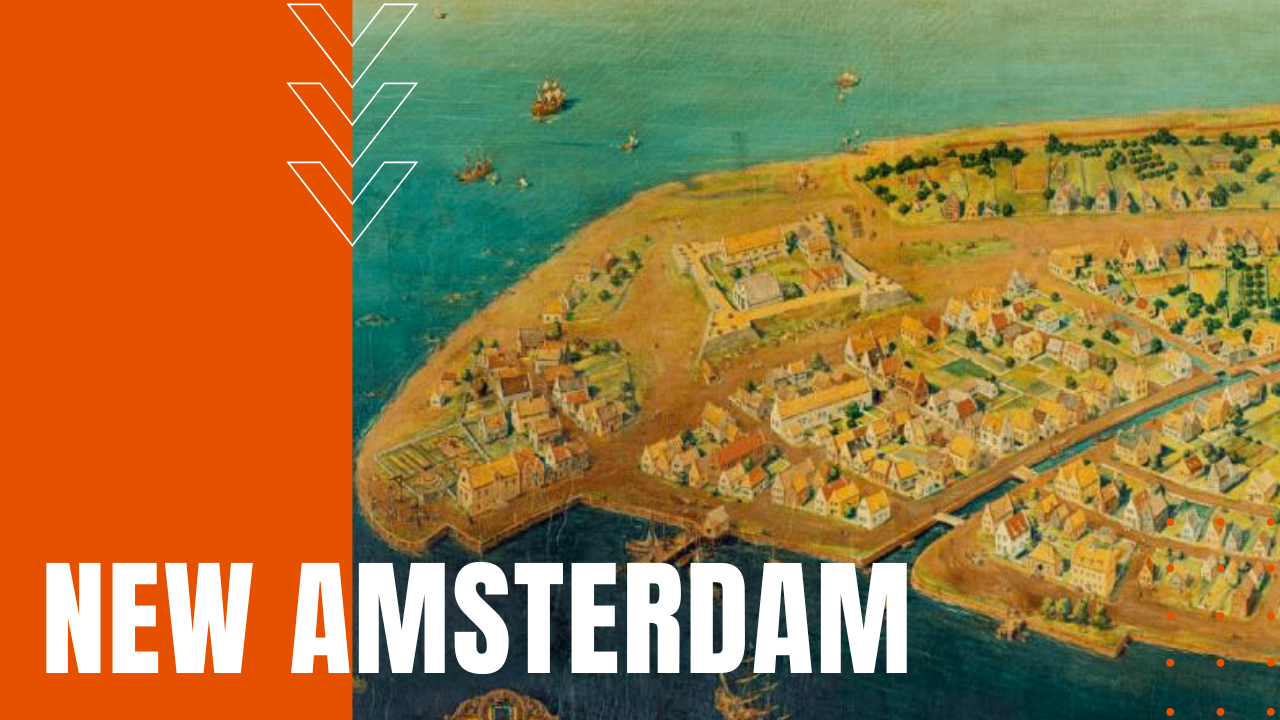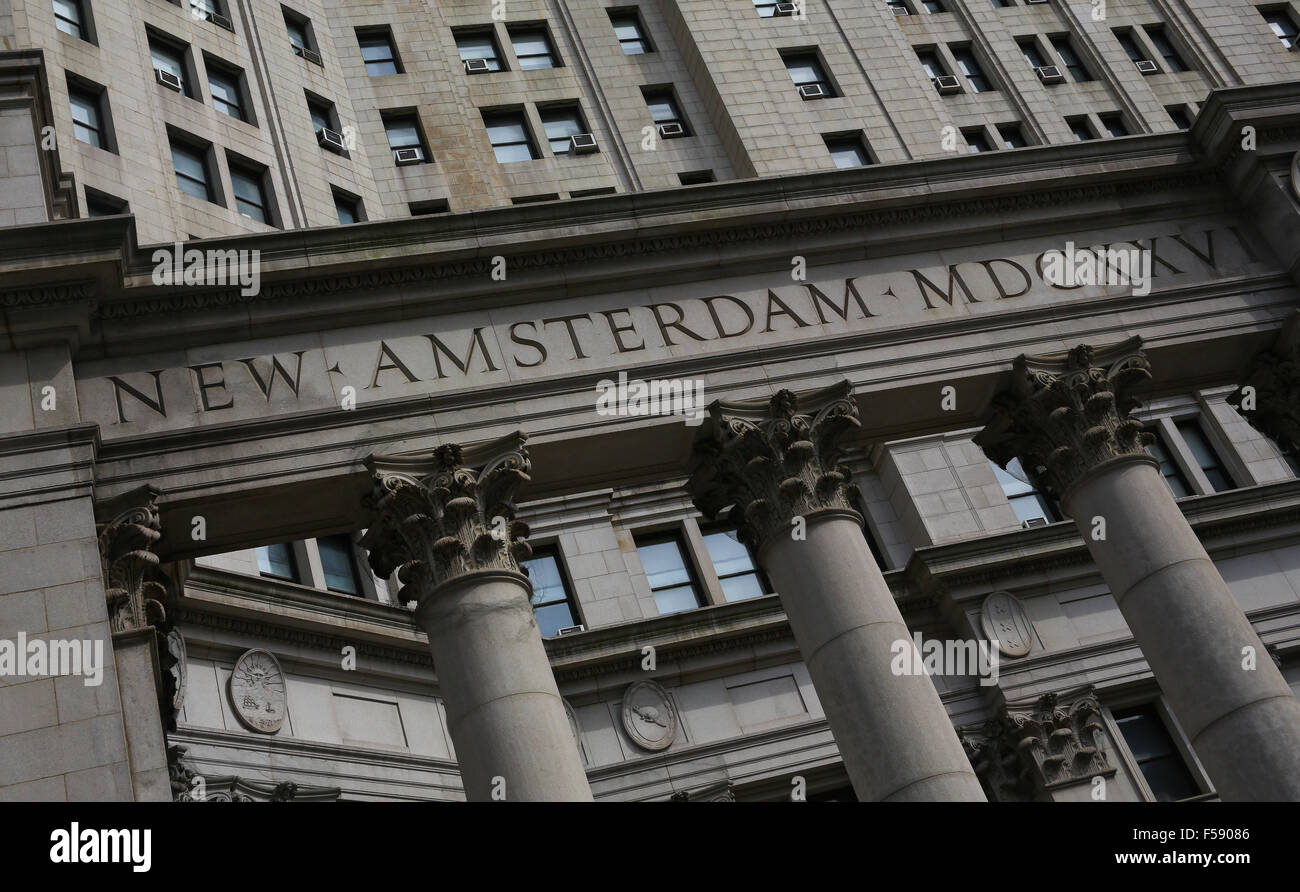
America’s Mythic Tapestry: From Ancient Whispers to New Amsterdam’s Enduring Legacy
America, in its essence, is a nation built not just on land and law, but on a rich, shimmering tapestry of stories. From the ancient oral traditions of its first peoples to the gritty, sprawling sagas of its colonial past and the ever-evolving urban legends of today, legends are the very sinews of its identity. They define its heroes, explain its landscapes, and whisper the collective dreams and fears of its diverse populace. These are not mere fairy tales; they are the cultural bedrock, the unofficial history that shapes the American psyche, offering insights into its values, its struggles, and its ceaseless reinvention.
The journey through America’s legendary landscape must begin with its deepest roots: the indigenous narratives that predate European arrival by millennia. Across hundreds of distinct nations, a breathtaking array of creation myths, trickster tales, and spiritual legends emerged, each offering a unique worldview. The Navajo, for instance, speak of a series of worlds, each with its own people and challenges, leading to the emergence of the Diné in the Glittering World. The Iroquois Confederacy’s "Sky Woman" legend recounts the creation of Turtle Island (North America) from a woman’s fall from the sky world, carried by birds to the back of a giant turtle, upon which the earth was built. These stories, often featuring animals like Coyote, Raven, or Rabbit as shapeshifters and cultural heroes, taught moral lessons, explained natural phenomena, and maintained a profound spiritual connection to the land. They are the continent’s first, foundational legends, pulsating with wisdom and a deep reverence for the interconnectedness of life.
With the arrival of European colonists, new layers began to be woven into this mythic fabric. The Anglo-American narrative, often dominating popular imagination, conjures images of the Pilgrims landing at Plymouth Rock, seeking religious freedom and establishing a "city upon a hill." Figures like Captain John Smith and Pocahontas became intertwined in a romanticized, often distorted, legend of early Anglo-Native interaction, a story that still reverberates in popular culture despite its historical inaccuracies. Paul Revere’s midnight ride, an act of vital wartime communication, was elevated by Henry Wadsworth Longfellow’s poem into a legendary act of individual heroism, embodying the spirit of revolutionary defiance. George Washington’s cherry tree, though almost certainly apocryphal, cemented his image as a paragon of honesty and virtue, a legend crafted to instill moral uprightness in a nascent nation.

Yet, before the dominant Anglo-Saxon narrative fully took hold, another, equally significant, and perhaps more cosmopolitan, legend was brewing on the southern tip of a rugged island. This was New Amsterdam, the bustling, polyglot trading post founded by the Dutch West India Company in 1624. Its story, often overshadowed by its eventual transformation into New York, is a foundational legend of American diversity, commerce, and adaptability.
The most famous, and often misconstrued, legend associated with New Amsterdam is the 1626 "purchase" of Manhattan Island by Peter Minuit for the equivalent of 60 Dutch guilders. While commonly cited as "$24," this modern conversion dramatically undervalues the actual worth of the goods exchanged – tools, beads, and cloth – and, more importantly, misrepresents the Indigenous understanding of land ownership. For the Lenape people, land was not a commodity to be "owned" outright but a resource to be shared and used. The transaction was likely viewed by them as a temporary lease or an agreement for shared access, a stark contrast to the European concept of outright cession. This legendary deal, nevertheless, became a potent symbol of perceived European shrewdness and Indigenous naiveté, a cornerstone of the myth of Manifest Destiny and the "taming" of the continent.
What truly sets New Amsterdam apart as a legendary precursor to modern America, however, was its astonishing diversity from its very inception. Unlike the more religiously homogenous Puritan settlements, New Amsterdam was a mercantile enterprise, welcoming anyone who could contribute to trade. Within a few decades of its founding, the settlement was a veritable babel of tongues, with contemporary accounts noting as many as eighteen different languages spoken on its streets. French Huguenots, German Palatines, English Quakers, Sephardic Jews (who arrived in 1654, fleeing the Inquisition in Brazil, establishing the first Jewish community in North America), and enslaved Africans all coexisted, albeit not always harmoniously, under the pragmatic, if sometimes authoritarian, rule of governors like Peter Stuyvesant.
This early embrace of multiculturalism, driven by economic necessity rather than idealistic principle, is a powerful legend in itself – a practical blueprint for the "melting pot" (or perhaps, more accurately, the "salad bowl") that America would eventually become. It laid the groundwork for a city, and by extension a nation, where difference was not just tolerated but became an intrinsic part of its dynamic character. The Dutch legacy, though physically transformed, endures in street names like Wall Street (Waals Straat), Bowery (Bouwerij), Harlem (Haarlem), and Brooklyn (Breuckelen), and in the very spirit of entrepreneurial grit and cosmopolitan openness that defines New York City to this day.
Perhaps the most significant contribution to New Amsterdam’s legendary status came not from its historical records, but from the fertile imagination of Washington Irving. His satirical masterpiece, A History of New York from the Beginning of the World to the End of the Dutch Dynasty, penned under the pseudonym Diedrich Knickerbocker and published in 1809, transformed the staid Dutch settlers into a cast of quirky, lovable, and often comical characters. Irving’s fictional history, while lampooning the Dutch, simultaneously immortalized them, etching their customs, their love of comfort, and their placid industriousness into the American consciousness.
Irving’s Knickerbocker was a genial, if somewhat pompous, old scholar who "dug deep into the mines of literature" to uncover the "authentic" story of New Amsterdam. His whimsical narratives, filled with tales of portly burghers, their wives’ prodigious appetites, and the legendary governance of figures like Wouter Van Twiller (the "Doubter") and Peter Stuyvesant ("Old Peg-Leg"), imbued the Dutch era with a nostalgic charm and a distinct folklore. He created a legendary past for New York, full of eccentric personalities and quaint traditions that, though exaggerated, resonated with a sense of lost innocence and unique origins. Irving famously described the Dutch character as one of "sound judgment and practical common sense… content to jog on in the good old way, and not to be led astray by any fantastic innovations." This portrayal, while a caricature, helped solidify the image of the early Dutch settlers as a hardworking, practical, and enduring people whose imprint on the land was indelible.
Beyond the colonial era, America’s legends continued to proliferate as the nation expanded. The frontier, a vast and untamed canvas, became the birthplace of towering figures like Paul Bunyan, the colossal lumberjack whose feats of strength and engineering explained the formation of mountains and rivers. Johnny Appleseed, the gentle pioneer who spread apple trees across the Midwest, became a legend of foresight and benevolence. Davy Crockett, "King of the Wild Frontier," embodied the rugged individualism and adventurous spirit of westward expansion, though his real life was often less grand than his legendary persona. These frontier legends celebrated courage, self-reliance, and the taming of the wilderness, shaping the national narrative of progress and manifest destiny.
The industrial age brought its own legends, most notably John Henry, the "steel-driving man" whose epic contest against a steam-powered drill became a powerful parable of human strength and resilience against the onslaught of technology. Outlaws like Jesse James and Billy the Kid, though criminals, were often romanticized into figures of rebellion against oppressive forces, their legends reflecting societal anxieties about wealth disparity and justice.

In the modern era, legends continue to evolve, taking on new forms in urban folklore and digital spaces. Bigfoot, the elusive ape-like creature, and UFO sightings are contemporary legends that reflect humanity’s enduring fascination with the unknown. Urban legends, passed through word of mouth and increasingly through social media, offer cautionary tales, explain inexplicable phenomena, or simply provide thrilling entertainment, adapting ancient narrative patterns to modern settings.
In conclusion, America’s legends are not mere flights of fancy; they are vital, living narratives that continually shape its collective memory and identity. From the spiritual resonance of indigenous creation myths to the heroic deeds of frontier figures, these stories provide a framework for understanding the nation’s past and present. And within this grand narrative, New Amsterdam stands as a uniquely American legend – a testament to the nation’s earliest embrace of diversity, its pragmatic spirit of commerce, and its ability to absorb and transform disparate cultures into a vibrant, enduring whole. Through the witty lens of Washington Irving, its characters and customs were immortalized, securing its place not just as a historical footnote, but as a cherished chapter in America’s ever-unfolding mythic tapestry. These echoes from the past, whether whispered by ancient spirits or chuckled over in Irving’s pages, continue to resonate, reminding us that America is, at its heart, a story-telling nation, perpetually defining itself through the legends it creates and reveres.


